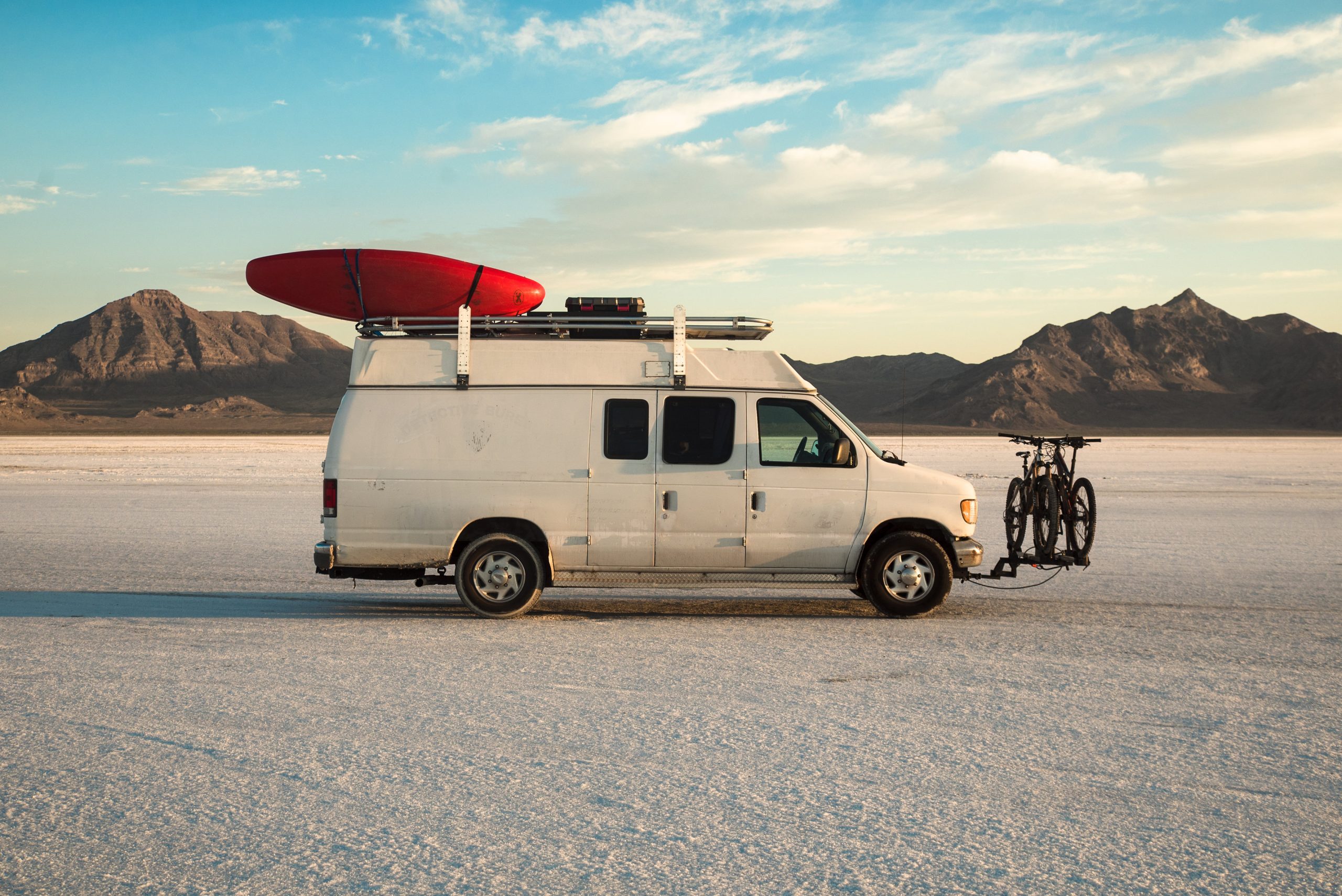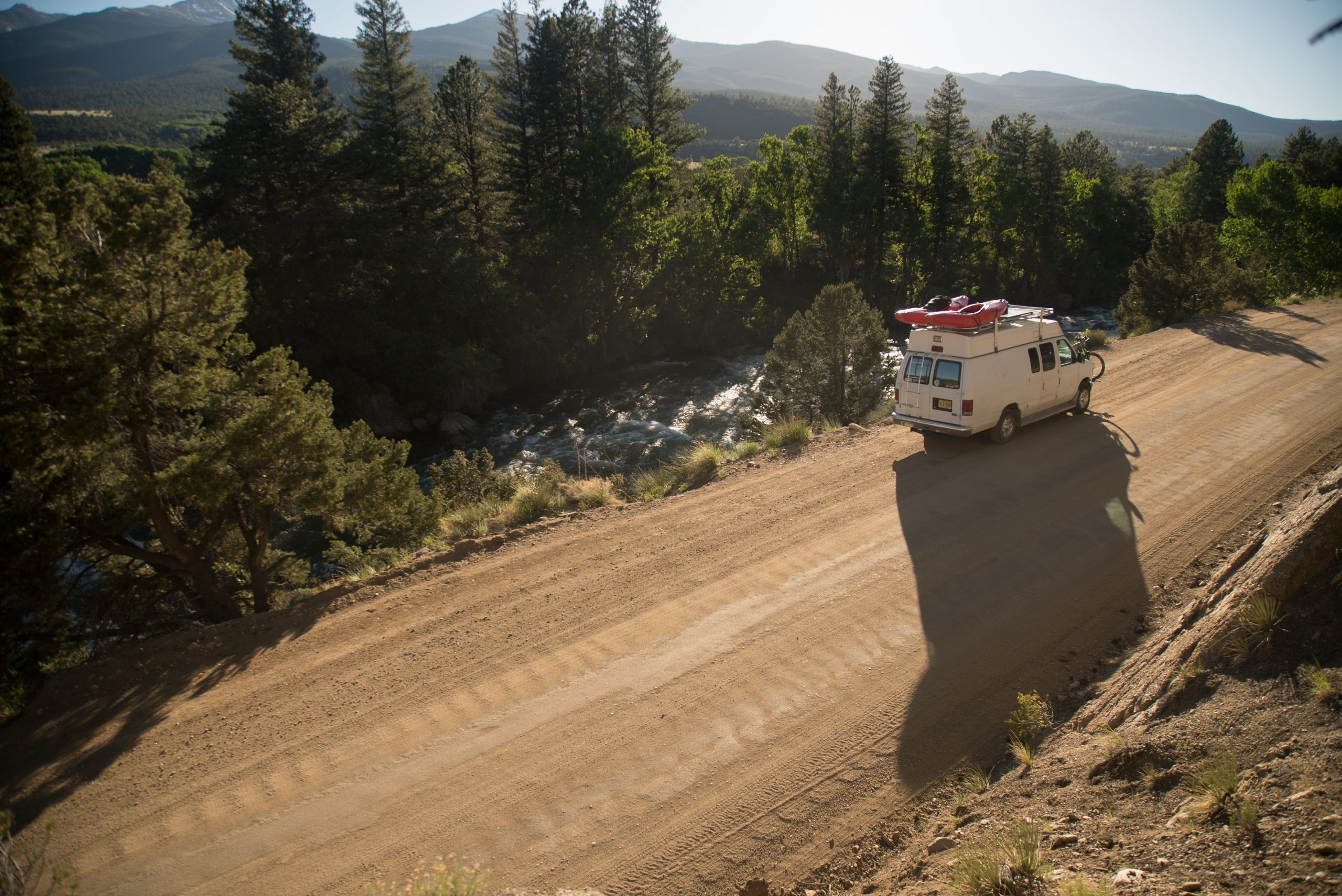Configuring an inverter in your off-grid solar installation
Off-grid solar installations are a great choice for many individuals, from those living in RV’s and vans to people establishing homesteads in remote areas. Off-grid solar systems utilize batteries to store energy produced from solar panels. Inverters play an important role in off-grid solar installations and enable you to safely and efficiently power your devices and appliances. How do you configure inverters in an off-grid system? What should I take into consideration when building my system?
What is off grid solar?
Off-grid solar systems, or stand-alone power systems, produce enough energy through the usage of solar panels and battery storage without having to tap into the electric grid. Off-grid systems have historically often been out of reach for most people because of the high costs of inverters and batteries. However, prices continue to drop and technologies continue to improve, making it more financially feasible for more people. Renogy has a variety of solar kits designed specifically for autonomous use away from the grid. These off-grid kits come with mostly everything you need to power up your cabin, home, and are great additions to sheds, tiny homes, or any other type of remote system. You’ll need to purchase an inverter in addition to those kits.
Do I need an inverter in my off-grid system?
Inverters serve as the gateway between the photovoltaic system and the devices and appliances drawing energy from your system. They turn the DC output collected from your solar panels into alternating current AC, which is the standard used by all commercial appliances.
You will need an inverter to convert DC to AC to power most appliances and devices from laptop to microwaves.

How are inverters configured in off-grid systems?
In off-grid systems, a charge controller will send the power to a battery bank and then an inverter will convert the DC to AC for the home. Off-grid inverters, known as stand-alone inverters, need a battery bank to function. When selecting off-grid solar inverters, it is essential that the output power of the inverter is large enough to support the loads of the system. Many off-grid solar inverters include a charger in order to replenish the battery.
How do you connect an inverter to a battery bank?
Inverters larger than 500 watts must be hard-wired directly to the battery bank. The owner’s manual of your inverter will specify the cable size you should use. Cable size also depends on the distance between the inverter and the battery. It’s always good to use the shortest length of cable that is practical. When connecting an inverter to a battery, we recommend using an overcurrent protection device, such as a fuse or circuit breaker, between the two devices.
AC and DC safety disconnects are also a requirement in all systems. In off-grid solar systems, a DC disconnect is installed between the battery bank and the inverter. This is used to switch off the current flowing between the two components and is important for maintenance, troubleshooting, and protection against electrical fires.
How are off-grid inverters different from grid tied inverters?
Off-grid inverters are different from grid-tied inverters in that they are not built to communicate with the utility grid and do not include the necessary protections present in grid-tied inverters, such as anti-islanding protection. This is when an inverter will shut down if it senses an issue with the grid, such as a power outage.
Can I use a modified sine wave inverter in off-grid applications?
Yes! Grid-tied systems require you to use pure sine wave inverters because the utility delivers pure sine waves. However, because you are operating an independent system, you are free to use a modified sine wave inverter. Keep in mind that some appliances and devices will not work with modified sine wave inverters, such as medical equipment. Additionally, in many cases, you’ll hear a hum with devices attached to a modified sine wave inverter.
Can you plug an inverter into the mains?
This is not recommended due to safety risks.

What size solar inverters do I need for my system?
Solar inverters come in a range of different sizes. Like solar panels, inverters are rated in watts. Because your solar inverter converts DC electricity coming from the panels, your solar inverter needs to have the capacity to handle all the power your array produces. As a general rule of thumb, you’ll want to match your solar panel wattage. So if you have a 3000 watt solar panel system, you’ll need at least a 3000 watt inverter. Need help deciding how much solar power you’ll need to meet your energy needs? Use the Renogy solar calculator to determine your needs.
Renogy has pure sine wave inverters ranging in size from 700 to 3000 watts. Inverter chargers are also a great option for those living off-grid who may also connect to shore power occasionally. In addition to converting DC to AC, the Renogy 2000W Pure Sine Wave Inverter Charger can charge and maintain a battery bank when connected to shore power.
What size battery bank is needed to power my off-grid house?
As mentioned earlier, off-grid inverters need a battery bank to function properly. You’ll want to make sure your battery bank is properly sized. Off-grid systems must be sized and designed to fit a variety of needs throughout the year, especially in the winter when there are fewer sunlight hours Always size your solar panels a tad bigger than your battery bank to be able to compensate for factors such as energy loss due to system wear, power fluctuations, and a voltage drop.
Things to consider when sizing your battery bank include the number of days you need to be able to go without sunlight, the amount of power you will be needing for all of your devices and appliances, and the amount of volts your system produces. For example, if you have a 48 volt system, you’re going to need enough batteries to store 48 volts or a little less.
Another thing to consider is the storage capacity. If your area gets less sunlight, you’ll need more batteries so you can store more amp hours of power. The more amps hours mean it will take longer to deplete your power reserve. To size your system, we recommend using the Renogy solar panel calculator.
Conclusion
If you live in a remote area or on the open road without reliable and affordable access to the grid, off-grid solar can be a great way to meet your energy needs. Having an understanding of how inverters are configured and used in off-grid systems will set you on the right path toward building a safe, efficient, and powerful solar installation to meet all your energy needs.







